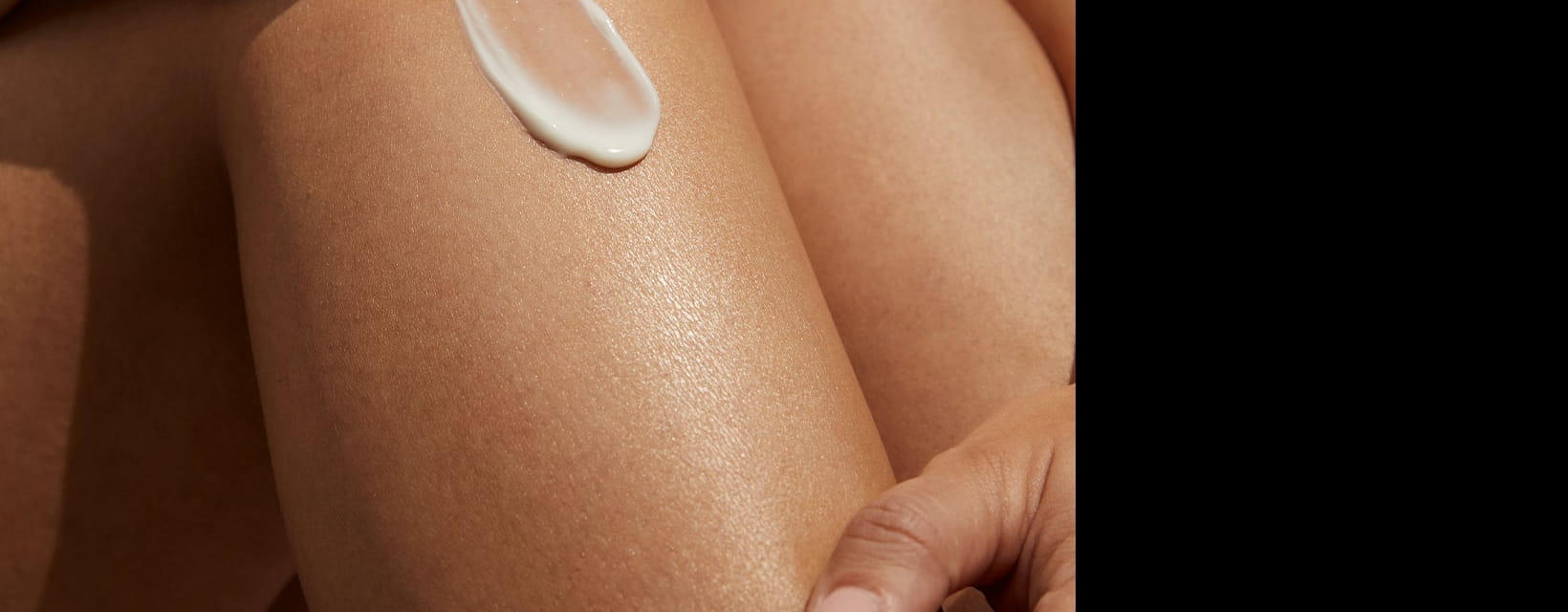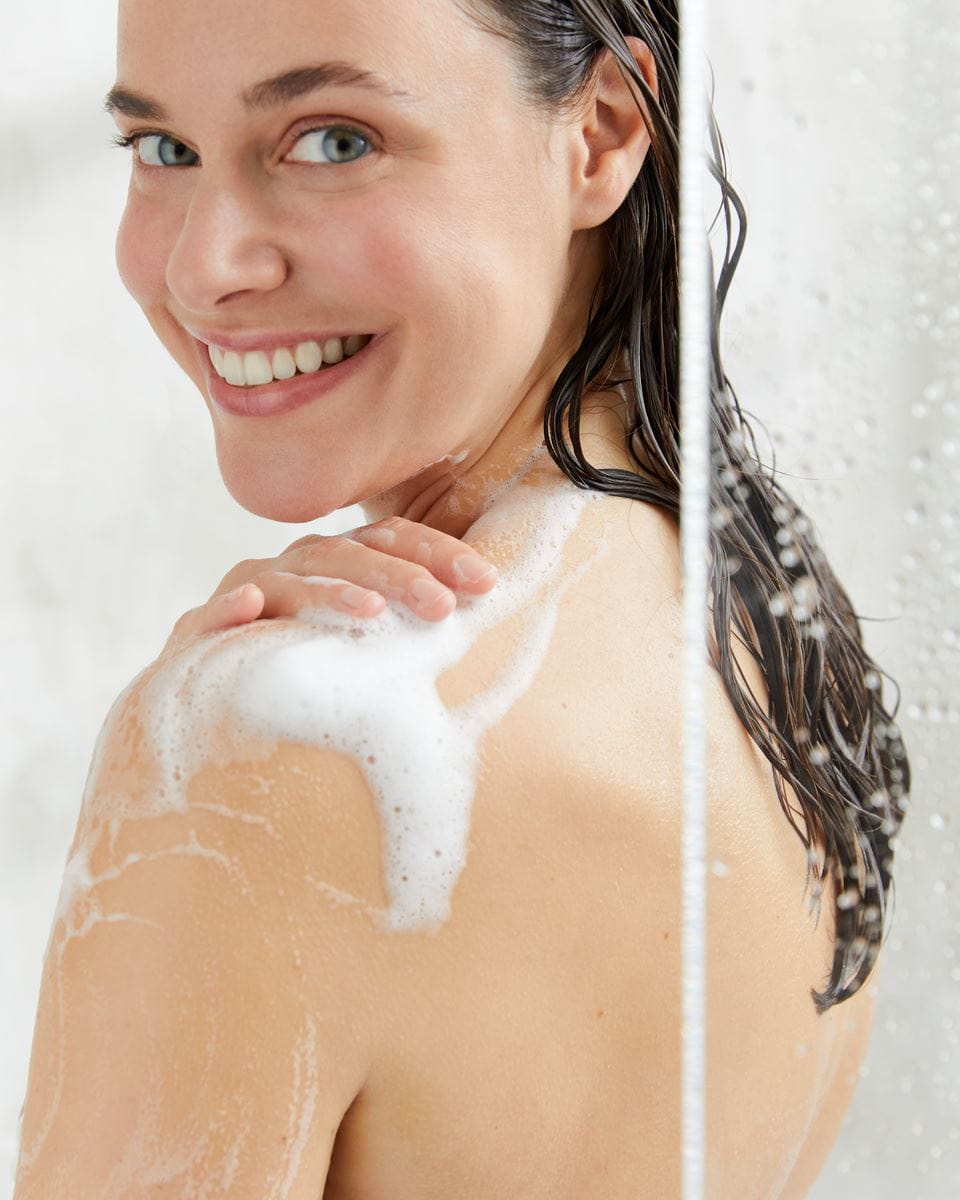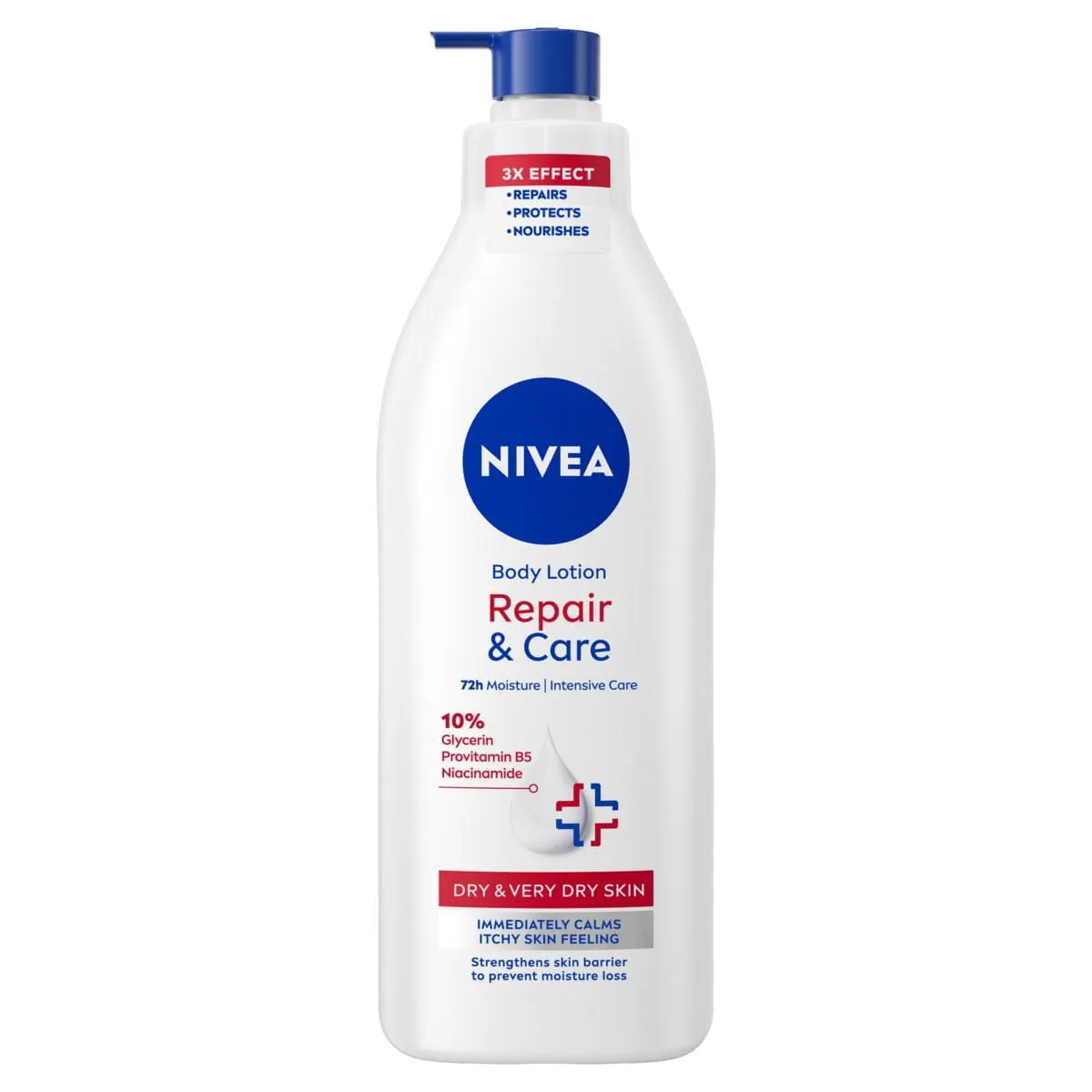
How To Treat Dry Feet
Your feet bear your entire weight every day, so it's no surprise that dry feet are so common. Follow NIVEA's advice on how to treat dry feet and how to relieve and hydrate feet to prevent them from getting dry.
How To Treat Dry Feet
To know how to treat dry feet, it's also important to know what causes it. There are many causes of dry feet. Developing dry feet can be something obvious like your lifestyle, a poor diet, lots of walking and exercise, or just a bad foot care routine. Soaps, shower gels, heat and humidity can also lead to dry, thick, or cracked areas on the feet. Dry skin on feet can be irritating, itchy, tight, and maybe painful but, while a nuisance, it’s rarely harmful.
Follow NIVEA's advice on how to treat dry feet, the causes of dry skin on feet and finally feel relief.
Follow NIVEA's advice on how to treat dry feet, the causes of dry skin on feet and finally feel relief.
6 Causes Of Dry Feet
Caring For Dry Feet
With a good skincare routine, knowing how to treat dry feet doesn't have to be an uphill struggle and you can keep your dry feet fit and healthy.
Getting into a regular routine will help prevent new dry skin on feet or cracked feet from forming.
Getting into a regular routine will help prevent new dry skin on feet or cracked feet from forming.






